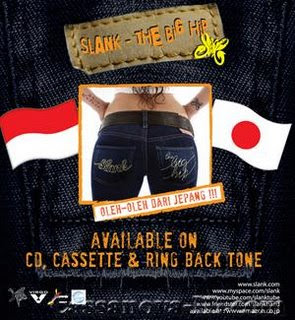MPEG-1 Audio Layer 3, more commonly referred to as MP3, is a digital audio encoding format using a form of lossy data compression.It is a common audio format for consumer audio storage, as well as a de facto standard encoding for the transfer and playback of music on digital audio players. MP3's use of a lossy compression algorithm is designed to greatly reduce the amount of data required to represent the audio recording and still sound like a faithful reproduction of the original uncompressed audio for most listeners, but is not considered High Fidelity audio by the elite connoisseur.
An MP3 file that is created using the mid-range bitrate setting of 128 kbit/s will result in a file that is typically about 1/10th the size of the CD file created from the original audio source. An MP3 file can also be constructed at higher or lower bitrates, with higher or lower resulting quality. MP3 is an audio-specific format. It was invented by a team of international engineers at Philips, CCETT (Centre commun d'études de télévision et télécommunications), IRT, AT&T-Bell Labs and Fraunhofer Society, and it became an ISO/IEC standard in 1991. The compression works by reducing accuracy of certain parts of sound that are deemed beyond the auditory resolution ability of most people. This method is commonly referred to as Perceptual Coding. It provides a representation of sound within a short term time/frequency analysis window, by using psychoacoustic models to discard or reduce precision of components less audible to human hearing, and recording the remaining information in an efficient manner. This is relatively similar to the principles used by JPEG. an image compression format.
The psycho-acoustic masking codec was first proposed, apparently independently in 1979, by Manfred Schroeder, et al. from AT&T-Bell Labs in Murray Hill, NJ, and M. A.Krasner both in the United States. Krasner was the first to publish and to produce hardware, but the publication of his results as a relatively obscure Lincoln Laboratory Technical Report did not immediately influence the mainstream of psychoacoustic codec development. Manfred Schroeder was already a well known and revered figure in the world wide community of acoustical and electrical engineers and his paper had influence in acoustic and source-coding (audio compression) research. Both Krasner and Schroeder built upon the work of E. F. Zwicker , that in turn built on the fundamental research in the area from Bell Labs of Harvey Fletcher and his collaborators. A wide variety of audio compression algorithms, mostly (but not completely) perceptual were reported in a refereed journal, the Journal on Selected Areas in Communications, That journal reported in Feb. 1988 on a wide range of established, working audio bit compression technologies, most of them using auditory masking as part of their fundamental design, and several showing real-time hardware implementations.










